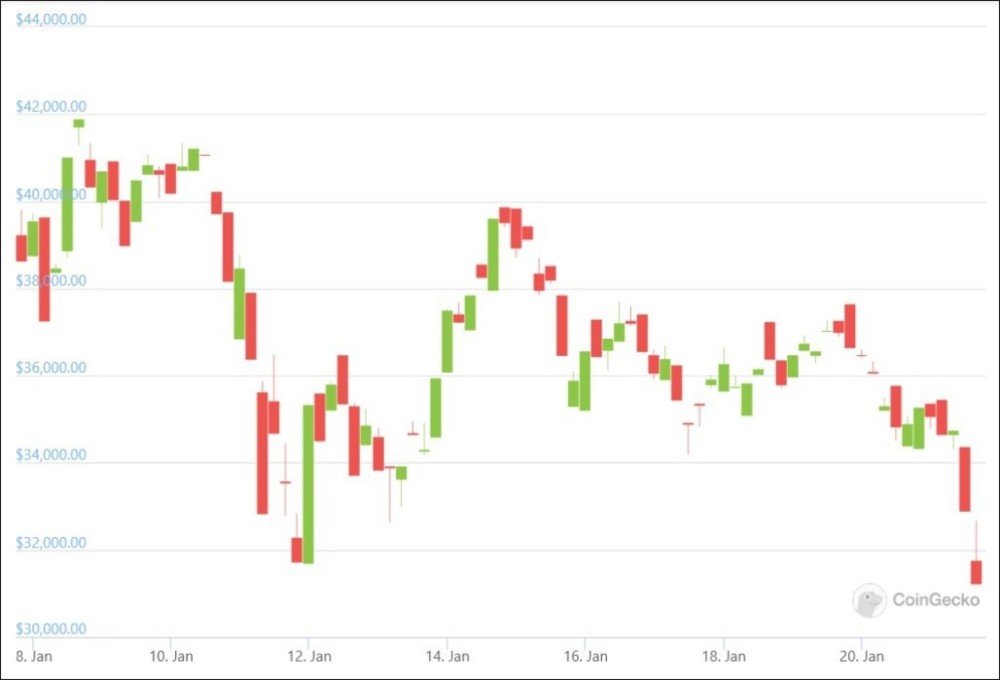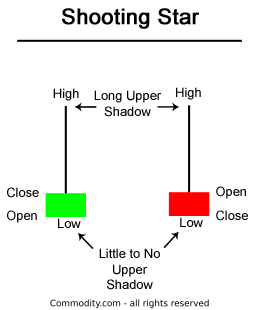How to Short Sell Bitcoin in 2024 - Ultimate Guide by Cryptogeek
Shorting BTC might seem like madness but there are plenty of bears out there and a short can be a valid strategy, if you use it correctly.
Bitcoin has reached new heights over the last months. Trading is hitting record levels on centralized and decentralized exchanges as well as via the Chicago Mercantile Exchange (CME) and Intercontinental Exchange (ICE). Since the coronavirus quarantines began, millions of bored consumers have dived into day trading via retail brokers offering gamified apps and free demos. The mood is bullish.
But there are murmurs of disbelief. Bitcoin bears are in the minority right now but there are very real concerns that the cryptocurrency market is overheating. If you fall into this camp, or simply wish to take advantage of Bitcoin’s volatility, you’re probably asking how you can put your money where your mouth is. Well, the simplest way is to short sell.
- What Is Short Selling?
- Why Would You Short Bitcoin?
- What Is the Best Way to Short Bitcoin?
- Shorting Bitcoin Is Risky But Can Lead to Rewards
What Is Short Selling?
Short selling is an investment method designed to help you make money from an asset’s price drop. The idea is that you sell some Bitcoin now and rebuy it at a lower price in the future. This is typically done through margin trading or loans. A typical short looks something like this (using fake numbers for convenience):
- Bob borrows 10 BTC and sells them for $10,000 a unit, or $100,000.
- The price of BTC then drops down to $5,000 (Lucky Bob!) and he is able to rebuy 10 BTC for just $50,000.
- Bob then returns his BTC to the entity he borrowed them from, netting a sweet $50,000 profit (minus whatever interests and fees he had to pay for the loan).
But wait, isn’t this risky? Well yes! The price of BTC could well have increased, leaving Bob out of pocket. Short selling, particularly in the crypto world, is very high risk and isn’t for the faint of heart. This raises an important question.
Why Would You Short Bitcoin?
On the surface, shorting Bitcoin seems insane. Some people predict that Bitcoin will reach as high as $100,000. And overall, it appears to be gaining steam. Even if you don’t believe in BTC, institutional capital alone will help to keep it afloat in the shorterm.
But this doesn’t mean shorting BTC is always a bad idea. Bitcoin is highly volatile: sharp increases and plunges of 90% for example, led to the famous bitcoin rollercoaster meme. Day traders can ride those waves of volatility to profit, via buying or selling (shorting).
To understand more, we’re going to need to delve a little technical analysis. Don’t worry, we’ll keep it simple.
 The chart embedded above is one of the most useful tools for any crypto trader. You’ll need to use them if you want to successfully short BTC. The blocks you see here are called candles, and the chart is broken into two kinds of candles.
The chart embedded above is one of the most useful tools for any crypto trader. You’ll need to use them if you want to successfully short BTC. The blocks you see here are called candles, and the chart is broken into two kinds of candles.
The green are bullish candles, representing positive price growth. The red are bearish candles, representing a price drop. A skilled trader can utilize technical analysis in order to predict price movements. (There's a lot to learn; you can read dozens of articles about different aspects of it.) In other words, this chart shows that there are opportunities for short selling, even in generally bullish markets.
 In this particular chart, the best moment to begin shorting was likely on the 10th of January where we see a green “shooting star” candle. These candles indicate that there was significant selling pressure during the last trading session. You can spot similar opportunities on the 17th and 19th of January.
In this particular chart, the best moment to begin shorting was likely on the 10th of January where we see a green “shooting star” candle. These candles indicate that there was significant selling pressure during the last trading session. You can spot similar opportunities on the 17th and 19th of January.
In general, you should take time to understand the main drivers of the Bitcoin space. Typically, the price of BTC will be likely to drop in the face of hostile legislation, major exchange hacks, or crises in the altcoin space. However, be wary of “selling the news” as these events may already be priced into the market.
Important Warning: If you aren’t careful, you can be the victim of a short squeeze. This is a phenomenon where large numbers of traders are trying to simultaneously close their short position, leading to larger than expected price increases. This can be compared to failing to sell at the peak of a bull run, leaving you with lower profits or even losses.
What Is the Best Way to Short Bitcoin?
Let’s say that you’ve spotted a short opportunity and want to go for it. In that case, you have a few options, each with its own drawbacks and benefits.
CFDs: The Classic Way to Short
Contracts for difference (CFDs) offer a relatively simple way to short BTC. Instead of borrowing Bitcoins and selling them back at a lower price, you take out a contract and agree to pay the price difference between when it begins and ends. If the price goes up, you pay the broker, if it goes down, the broker pays you! Simple. (In theory!)
Pros
- Easy to use
- A variety of contract options apart from just Bitcoin
- Familiar interface.
Cons
- High leverage positions can cause you large losses
- The fees tend to be higher than using an exchange
- You are not physically holding any BTC.
Examples Of Brokers:
Exchanges: The Crypto Trader’s Choice
A number of crypto exchanges allow traders to directly short Bitcoin. Some also allow leveraged shorts, which can be high risk. Most major cryptocurrency exchanges allow you to short Bitcoin and this will likely be the best option for someone already trading cryptocurrency.
Pros
- Familiar to cryptocurrency traders
- You own the BTC you are shorting.
Cons
- Leverage trading is high risk
- Leaving your cryptocurrency in exchange hot wallets exposes you to a risk if the exchange is hacked.
Examples
DeFi Apps: Embracing the Future of Finance
One newer option is trade using a decentralized finance (DeFi) application. These applications remove the broker entirely and replace them with a smart contract. Smart contracts are sheets of code designed to trigger if certain conditions are met.
Most DeFi apps are based on the Ethereum blockchain. This means that you will need to first convert your BTC into wrapped Bitcoin. This can be done on a normal exchange and gives you access to the Ethereum network. You will also need to use a compatible wallet, such as metamask.
DeFi trading is typically lower cost (unless the Ethereum network is congested). But it requires you to use crypto assets. This means that DeFi is only suitable for traders well-versed in the world of cryptocurrency.
It does however open up a variety of interesting options, such as using flash (instant) loans to arbitrage between exchanges with very low risk. If the trader does not make enough money to repay their flash loan, the transaction never takes place. It is also possible to place your WBTC as collateral for other people to take loans.
Pros
- Very low fees (with a caveat)
- Allows traders to access a wide range of crypto options
- Certain low risk options such as flash loans.
Cons
- Fees can rise quickly if there is high congestion on the Ethereum network
- You need to trade using cryptocurrency, not fiat
- Many DeFi apps require you to use Ethereum tokens, which means you will need to trade your BTC for wrapped BTC, which is compatible.
Examples
Shorting Bitcoin Is Risky but Can Lead to Rewards
Trading Bitcoin is very risky and that includes shorting it. However if you understand the market well, use proper technical analysis, pick the right platform, and get your timing right, it is possible to make real gains.
However, any budding Bitcoin shorters need to keep in mind that it is a high risk activity with a very real chance that you will lose everything.